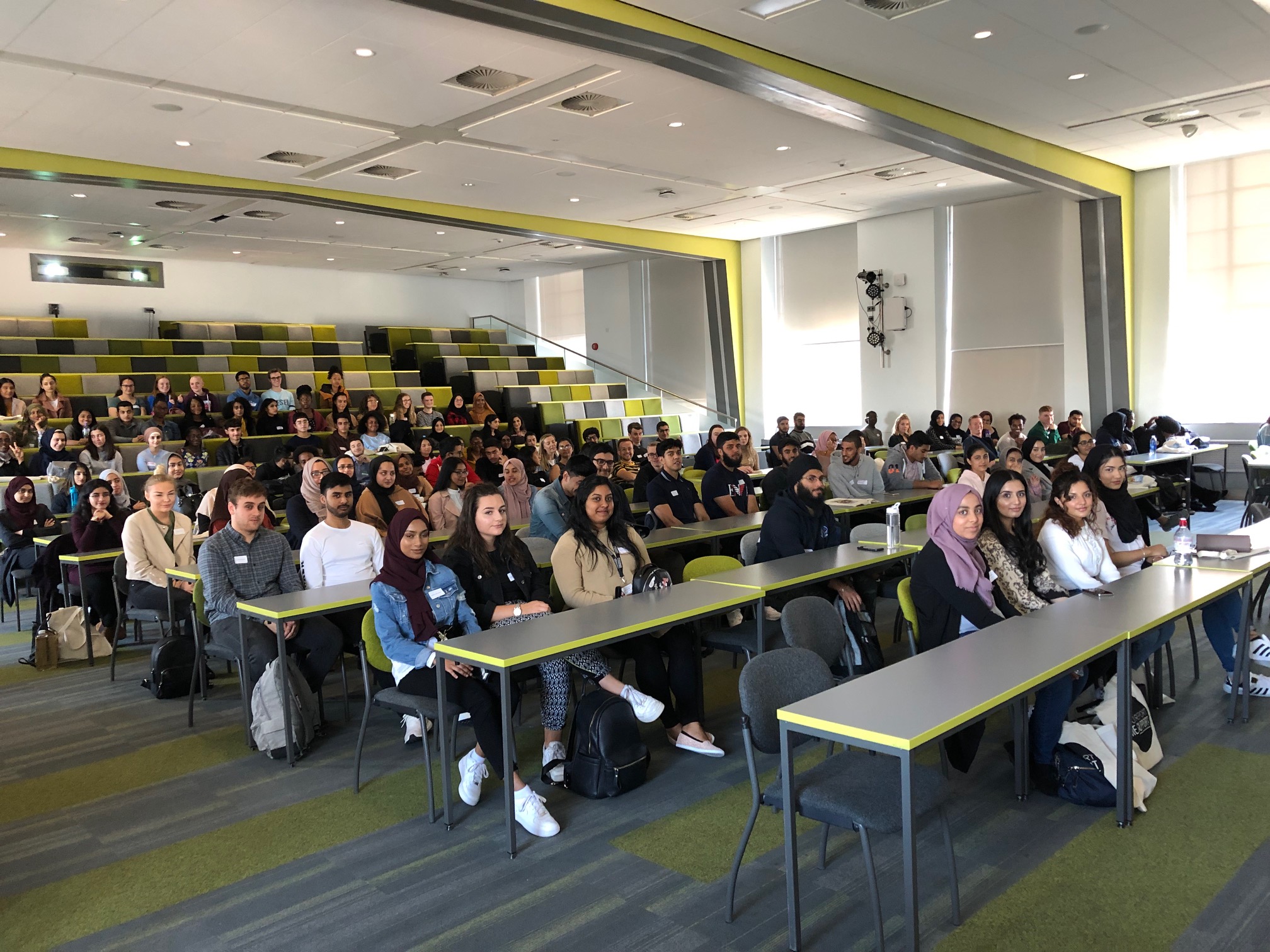The following press-release was published today by the Medical Schools Council and highlights the progress that has been made in diversifying the student population entering medical School by increasing the numbers from backgrounds of social and education disadvantage.

New data from the Medical Schools Council shows that the medical student population has diversified across characteristics associated with social and educational disadvantage. These include postcode-based measures that are used widely in higher education (POLAR and the Index of Multiple Deprivation), as well as school type, parental education, and ethnicity. In addition, the numbers of medical students with disabilities have increased.
Over the last five years, increases among these groups have been as follows:
-Of BME backgrounds (29%, including a 58% increase in students of Black heritage)
-From the lowest POLAR quintile (35%)
-From the lowest IMD quintile (46%)
-From state schools (14%)
-Whose parents do not have HE qualification (11%)
-With disabilities (33%)
Medical schools’ work to widen access to their courses was first analysed at the national level through the Medical Schools Council’s Selecting for Excellence Report, which was published six years ago. This came with recommendations for the sector and for medical schools, including the sharing of best practice on selection methods and collaborating to produce resources to support and guide applications.
Since then, medical schools have worked together through the Medical Schools Council to run regional events for applicants and staff, produced consensus statements on admissions practices and requirements, collected data on the geographical spread of current outreach work, and recently launched the MSC Summer Schools initiative for applicants around the UK.
Dr Paul Garrud, Chair of the Medical Schools Council Selection Alliance, said:
“The data in the newest progress report is promising, indicating meaningful increases across the demographics we have most strongly targeted, in particular socio-economic. However, we must be cautious. For example, the 58% increase among students of Black heritage is excellent, as this group had been under-represented compared to the UK population, but the numbers involved are small, and any changes in admissions should not distract us from the further work required in student support and retention.
“We look forward to continuing and expanding our initiatives in widening access and participation, using policies based on research and data. We’ve seen that diverse medicine is good medicine, and that a meritocratic profession, based on the right abilities, skills and personal attributes – not background – is best able to care for the population.”
The Medical Schools Council Selection Alliance 2019 Report can be accessed here.
The University of Birmingham has a number of very successful programmes that specifically address widening participation in medicine including our Routes to the Professions: Medicine programme for Year 12 students in the West Midlands. You can find out more about these programmes on our website.
https://www.birmingham.ac.uk/university/colleges/mds/outreach-widening-participation/medicine.aspx
MDSOutreach@contacts.bham.ac.uk
